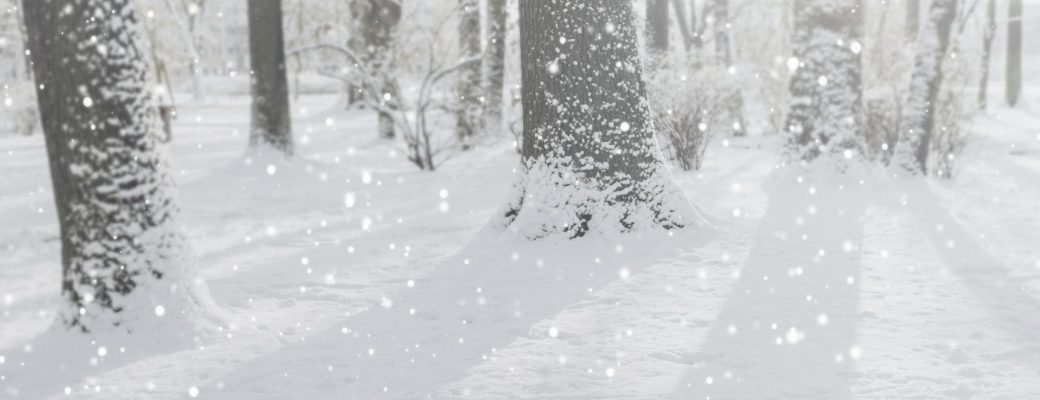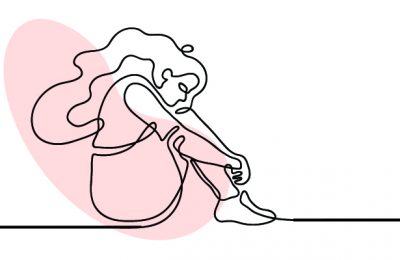How can spa operators perk up their client loyalty through retail programs? We asked five experts.
When the cold winds blow
With the winter season comes unique challenges to the health and well-being of our spa clients, especially those who are undergoing chemotherapy treatment. During the winter, the body is exposed to the extremes of heating systems indoors, and cold, dry conditions outside, and the risk of catching colds and infections increases. It is imperative that spas are aware of these winter challenges and are able to respond to problems that arise and, better yet, put preventive measures in place that will hopefully eliminate them before they occur.
Dryness
Because wintertime humidity is so low, the little moisture that is present is quickly sucked up into the air. Over time, exposure to low humidity can dry out and inflame the mucous membrane that lines the respiratory tract. When this natural barrier of the mucous membrane is compromised, the risk of colds, flu and other infections increases. Some viruses in this low humidity environment may even be able to survive longer.
During the winter, the cold dry air that seeps into your spa from the outside has a lower humidity and carries very little moisture. If the heat inside your spa is turned up, it adds warmth but doesn’t increase the amount of moisture in the air. An essential oil blend dispersed throughout the spa using a humidifier can add much needed moisture into the air and soothe symptoms of colds and infections. One such blend contains Tunisian rosemary, minty eucalyptus, French alpine lavender, ravensara, and Madagascan palmarosa.
Skin will also be affected by the dryer air. For the client undergoing chemotherapy treatment, certain active drugs can kill the healthy skin cells during mitosis, or during other phases of the cell cycle, causing the skin to become even drier and more sensitive than usual.
An ideal moisturiser for the skin would be one that supports the skin barrier by including lipids such as ceramides, cholesterol, and Omega-3s. However, if the enzymes are dysregulated or upregulated, there is no effect. When the skin’s barrier is disrupted, it is no longer protected from environmental stressors and pollution, and loses its ability to protect and defend itself. It may be best to avoid skin care products with added fragrance, emulsifiers and mineral oils, as they can further compromise the skin.
Hot Flashes
Despite the cold winter temperatures, clients undergoing hormone therapy can experience hot flashes. It is thought that the hypothalamus, which controls the production of many hormones, also controls our body temperature. It may be that the chemical messengers (neurotransmitters) the hypothalamus produces can cause hot flashes. Hot flashes can be difficult to live with even if this ‘power surge’ only temporarily heats up the body.
For your client that experiences hot flashes, keep your spa cool, even if you use a fan. Spraying the client’s face with a cool water atomiser can be helpful, as is allowing them to remove any warm blankets. Offering them cold or iced water or drinks can also help them cool down. If your client is prone to sweating, they are also prone to dry skin, which can be remedied by using a vital lipid lotion underneath a moisturiser.
High Body Temperature
Any increase in a client’s temperature to 38 C or higher may be an indication of an infection. A fever is particularly concerning if it occurs at a time when the white blood count level is known or expected to be low (at the nadir). During this time, the body’s normal defenses against infections are down, and the fever needs to be evaluated immediately.
A fever can also be a sign of a flu-like syndrome (FLS) that is a side effect of cancer treatments like chemotherapy and biological therapy. The fevers associated with FLS usually peak at 40 C or 104 F and often spike after a severe chill. This can mimic the clinical picture of sepsis (an infection in the blood), so it is important that patients who are receiving biologic therapy are aware of the usual course of fever after treatment. Always have a thermometer available for your spa client to check their temperature.
Low Body Temperature
A lot of emphasis is usually placed upon feverish conditions, however, a low body temperature can be a sign of a much more sinister condition. Where a fever can be viewed as an active developmental and corrective process of the healthy body, a low body temperature can never be viewed as a normal or healthy condition.
A low body temperature creates a happy home for viruses and chronic infections, and is a sign of degeneration and gradual cellular death. As the body’s core temperature decreases, cellular energy also decreases. As a result, cellular functions decrease. There is a decrease in the production of all hormones, neurotransmitters and other body chemicals necessary for normal healthy regulation.
In this mild hypothermia condition there is an increased susceptibility to infectious disease. As temperature drops, the acidity of the body increases and the normally predominantly negative polarity of the cells become more positively charged.
Let’s be aware of our clients’ state of health and how they may respond to the seasonal temperatures. There are things we can do to make our clients more comfortable at the spa and ensure that the dangers associated with either a high or low body temperature are avoided.




